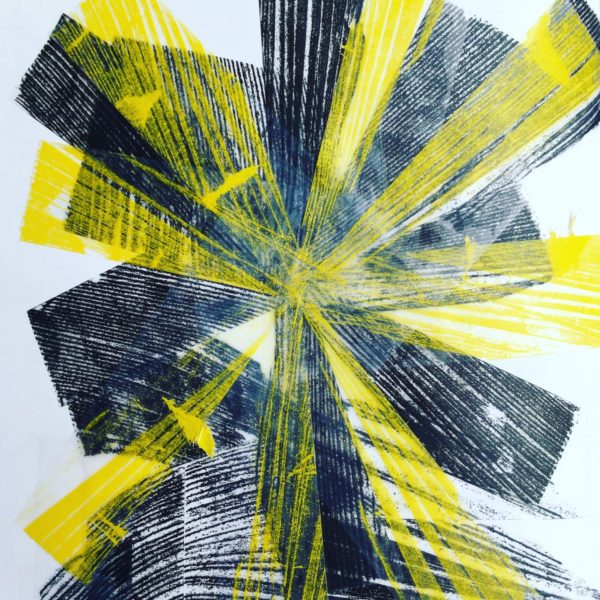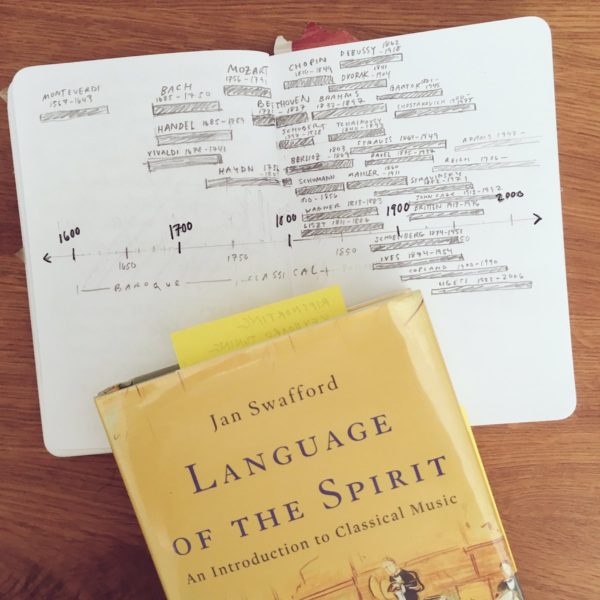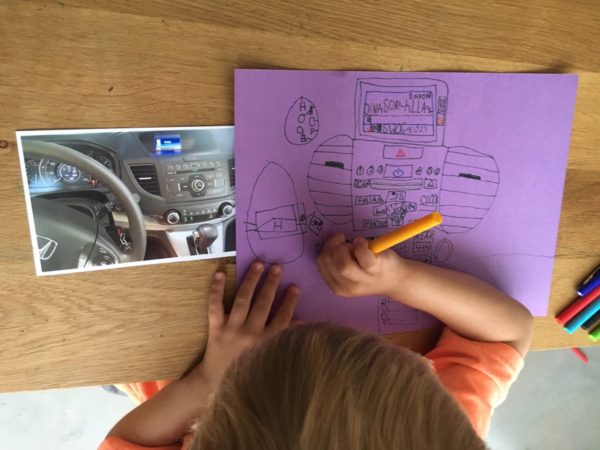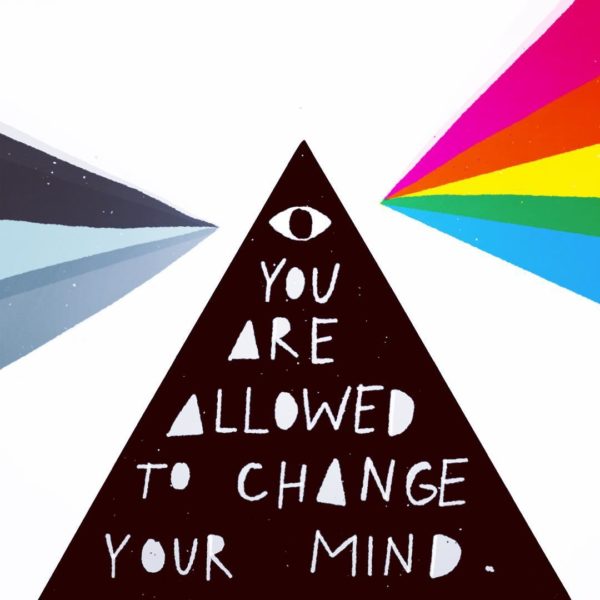Not to say that there won’t be consequences. As Alan Jacobs writes in How To Think, “I can’t promise that if you change your mind you won’t lose at least some of your friends—and that matters, because if you learn to think, genuinely to think, you will sometimes change your mind.” The key thing, Jacobs says, is to “avoid displaying the zeal that’s all too commonly characteristic of the convert.” If you can present your changed mind “as something that you have come to with some reluctance and without delight, then you should be able to convince them of your continued goodwill.” (No guarantees, of course…)
Intelligence in your fingers

Reading some of composer Robert Schumann’s Advice to Young Musicians, I came across this piece of advice for composing, which I thought was spectacularly bad: “If you are starting out on a composition, begin by working everything out in your head. Do not try out a piece on your instrument until you have fully conceived it in your mind.”

This might be good advice for a musical genius, like Beethoven, Mozart, or Robert Schumann, but it runs counter to my own personal experience with art. Very few of my decent pieces have come from me thinking in my head, as in, thinking through a piece and then sitting down and executing it. In fact, I don’t know if that’s ever happened. Most of my good ideas have come from an exploration of specific materials, a kind of back and forth between eye and hand and head. These collages are good examples: I did not set out with any kind of purpose or ideas before I made them, merely some time, space, and materials.

I know some writers who claim to work out all their writing in their heads before hitting the paper, but 1) I suspect they’re liars 2) even if they do have it worked out, it’s in getting the words on paper and then editing those words that the ideas take on any kind of real form. As a young artist, I thought the ideas had to come first before you wrote, and now I think the opposite: You start working with your hands and the ideas come.
Better advice than Schumann’s might be from a newspaper clipping I saved called “How To Draw Blood” (you could cross out the last word), in which a worker at a free clinic started out by saying, “Develop intelligence in your fingers.” Her point was that every vein in every arm is different, and you not only have to think, you have to feel your way through a lot of medical procedures. The feeling is as important as the thinking.
Best not to overestimate the intelligence in your head: your fingers have a lot to teach it.
See also: Don’t Ask.
Learning how to learn again

I continue to be fascinated by how slow, seemingly inefficient methods make my self-education more helpful and more meaningful.
Example: This week I was reading Jan Swafford’s introduction to classical music, Language of the Spirit, and I wanted to see the lives of all the composers on a timeline. Instead of googling for one, I decided to just make one for myself with a pencil in my notebook. It was kind of a pain, but I had a feeling I’d learn something. Pretty much immediately I was able to see connections that Swafford wrote about that just hadn’t sunken in yet, like how Haydn’s life overlapped both Bach’s and Beethoven’s while covering Mozart’s completely. Had I googled a pre-made timeline, I’m not completely sure I would’ve studied it closely enough to get as much out of it as the one I drew.
Another example: I copy passages of text that I like longhand in my notebook, and it not only helps me remember the texts, it makes me slow down enough so that I can actually read them and think about them, even internalize them. Something happens when I copy texts into my notebook that does not happen when I cut and paste them into Evernote or onto my blog.
A lot of this way of studying has been inspired by my son, Owen.

Even before I had kids, I wrote, “We learn by copying… Copying is about reverse-engineering. It’s like a mechanic taking apart a car to see how it works.” Funny now that I have a four-year-old budding mechanic, who actually spends a great deal of his time copying photos and drawings of cars, taking them apart in his mind and putting them back together on the page to figure out how they work.
What I love about my son’s drawings is that he does not really care about them once he’s finished them. To him, they are dead artifacts, a scrap of by-product from his learning process. (For me, they’re tiny masterpieces to hang on the fridge.) Milton Glaser says that “drawing is thinking.” I think that drawing is learning, too, and one thing Owen has taught me is that it is more valuable as a verb than it is as a noun.
I felt sure that my children would teach me more than I taught them. I was not anticipating that they would actually teach me how to learn again…
